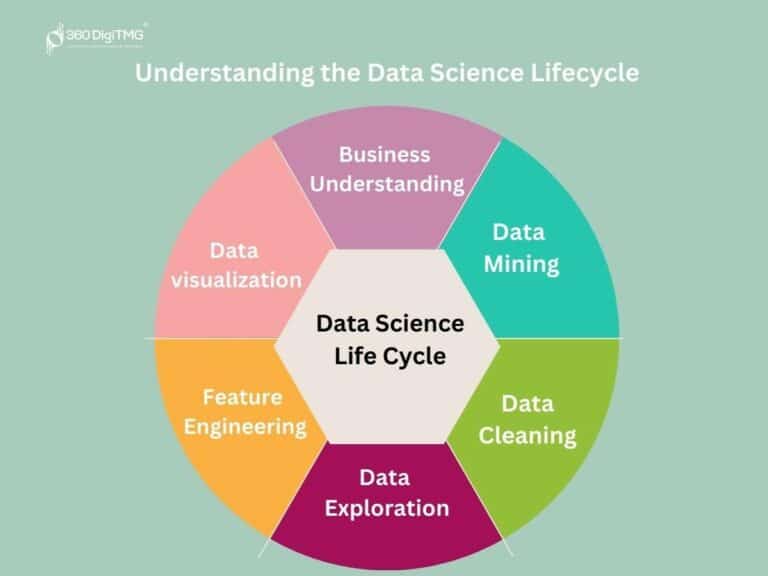Green technology aims to reduce greenhouse gases in order to prevent climate change. Some of the most popular green technologies include solar power, which is now cheaper than fossil fuels in many countries.
Other green technologies focus on reducing waste and using renewable resources. For example, the Dandelion Energy system uses geothermal heating to provide heat and cooling for homes.
What is green technology?
Green technology is a broad term that includes several different types of innovations. It can refer to renewable energy, such as solar panels or wind turbines; eco-friendly manufacturing techniques; and a variety of other technologies that reduce environmental impact.
The goal of green technology is to find ways to protect the environment without sacrificing economic growth or development. It can also be used to improve the efficiency of existing operations.
Some examples of green tech include programmable thermostats, which allow users to schedule interior environmental changes and save energy when they’re away from home. It can also be found in more advanced computers, which use less energy and have sleep modes to conserve power. Other green technology trends include using mushrooms for package cushioning, rather than styrofoam or polyethylene, as well as utilizing sustainable materials in building design. If you want to know more about green technology visit #greentechnology.
Green Tech Trends in 2023
Whether it’s using sensors to monitor ecological safety or transforming degraded forests, green tech demonstrates the determination of humans to improve their own environment.
Climate and clean energy are the most well-known green tech sectors. These companies rely on renewable, zero-emission energy sources like solar panels and wind farms.
A big challenge is ensuring that renewables are consistently available, even when the sun is hiding behind clouds or wind turbines aren’t spinning. This is where energy storage solutions come in.
Low-carbon construction
Increasingly, consumers are seeking energy-efficient homes and buildings that reduce their carbon footprint. These homes use a range of technologies, including thermal insulation, photovoltaic panels and water heating systems. The goal is to make these buildings self-sufficient, reducing the need for a grid connection and allowing them to generate their own electricity.
Using renewable materials, such as wood and bamboo, has become a popular option. These materials have a lower embodied carbon than many conventional construction materials. They also come with benefits for the environment and people’s health.
Investing in green technology can help reduce business costs, cut energy consumption and increase productivity. It can also boost brand value and attract employees and customers. The best part is that it’s often a win-win situation for all parties involved.
Carbon capture and storage
In 2023 carbon capture and storage will continue to grow. Essentially, it’s the process of capturing and storing greenhouse gas emissions from power stations and energy intensive industries such as steel or chemical production and removing them from the atmosphere.
Whether through point-source capture, where a power plant or industrial facility is equipped with CCS technology or through a more general approach such as that used by the company Climeworks, whose technology allows it to ‘suck’ CO2 directly from the air, or in the form of EOR, where it has been used to boost oil extraction for decades, it can be part of the solution to lowering carbon levels.
As energy from renewable sources becomes increasingly cost competitive with fossil fuels, the need for green storage solutions will grow. That’s why tried-and-tested lithium batteries are likely to remain the favoured choice for electric vehicles.
Renewable energy storage
Energy storage is a key technology for speeding up the transition to renewables. It allows green power to be stored when it’s available, and then activated to fill in the gaps between supply and demand – helping to balance out intermittency.
Currently, lithium batteries, similar to those used in electric cars, are the dominant storage technology. But new technology is emerging to offer higher capacities and lower prices.
These larger systems can be built to pair with solar, allowing homeowners to take advantage of time-of-use billing and reduced demand charges. And when installed behind the meter, it can also help with on-site backup power.
Hydrogen
Hydrogen is increasingly seen as a tool for decarbonising everything from lorries to buildings. It stores three times as much energy per volume as petrol and when it combines with oxygen in air it simply produces water again.
However, most hydrogen is currently produced by steam reforming natural gas, which emits carbon dioxide. There are technologies which produce the fuel without producing any emissions, but they’re not yet commercially available.
As awareness of climate change grows, GreenTech (also known as Cleantech) innovations are booming. Companies such as Termo are able to help businesses monitor industrial emissions and reduce their environmental impact, with customers including Centrica, Heathrow Airport and Smeg stores. Increasingly, governments are supporting projects to develop low-emission hydrogen production, transport and storage. This is essential if we are to meet the ambitions of the NZE Scenario.
Upcycling circular waste management
The resurgence of upcycling is one more way that companies are trying to reduce waste. Instead of throwing out old products, upcycling repurposes them into new items with more value. This helps to lower production costs while creating unique new products that are environmentally friendly and often prettier than their original counterparts.
Energy-efficient homes and buildings are another popular trend as consumers become more aware of the impact they have on our environment. These green solutions help to reduce energy consumption, minimize waste and capitalize on renewable resources.
Although there are ebbs and flows in the popularity of green technology, it remains on the rise due to government commitments and consumer interest. Companies that prioritize greener operations can improve their environmental footprint, boost revenue and enter new markets while raising productivity.
Ways to become an eco-friendly business
Taking steps to become eco-friendly is a must for companies wanting to protect the planet. Whether it is tracking your carbon footprint, conducting a life cycle assessment, or choosing environmentally friendly suppliers, there are many ways you can reduce your business’s environmental impact.
Other ways to go green include using recycled materials, switching to electric vehicles, and reducing the use of chemicals in production processes. Additionally, you can implement green energy initiatives, and invest in low-carbon projects such as reforestation and clean water initiatives.
Ultimately, businesses need to rethink their operating models in order to implement deep green technologies and sustainability solutions. This means integrating sustainable innovations into core products and collaborating with suppliers in innovative ways. This will help to reduce the need for fossil fuels and improve supply chain efficiencies.
How can your company benefit from green technology?
Green technology has more benefits than just saving the environment. Being eco-friendly can also help reduce your costs, increase productivity, and boost customer loyalty.
Many green technologies focus on finding alternative sources of energy that do not produce atmospheric carbon and greenhouse gases. Solar and wind power are the most popular options, but other solutions exist as well.
Other environmental technologies focus on making industrial processes more efficient and sustainable. These can include things like reduced waste, recycled raw materials, and less water consumption. These methods can also help prevent damage to the natural environment from things like crop monocultures, chemical fertilisers, and pesticides.
What is Greenly?
The company’s software enables businesses of any size and in any industry to measure, reduce, and offset their carbon footprint at an affordable price. Its platform automates data collection & carbon analytics through integrations with over 100 enterprise softwares, including accounting, travel, cloud data, electricity vendors and more. It also includes a library of over 100,000 emission factors.
Understanding a company’s emissions can be time-consuming and expensive for small and medium-sized enterprises (SMEs), yet they are increasingly being pressured to reduce their climate impact, partly in anticipation of regulation and partly because employees expect them to lead on sustainability issues. A number of companies are trying to help, and they include Greenly, which has raised a $23 million Series A round led by Energy Impact Partners (EIP) and XAnge to expand its software-as-a-service (SaaS).
The company says its platform can collect 60% – 70% of a business’s emissions from transaction and expense data alone. For example, by connecting to a business’s bank account, greenly can automatically pull in information on staff commuting and office energy consumption. Other data sources are more challenging, such as a business’s grocery shopping or the emissions from its supply chain.
Despite these challenges, the company claims it can shift a business’s behaviour by helping them identify low hanging emissions and encourage them to start with reducing their carbon footprint before offsetting, which is more costly. Greenly has partnered with European banks to enable them to offer a carbon tracker in their apps, and it is working on ways for users to automatically connect their Greenly accounts with their business bank accounts through the Open Banking API.
Choosing the Go-To Carbon Accounting Platform for Your Business
As more investors, regulators, customers, and suppliers demand companies to track, measure, reduce, and report their greenhouse gas (GHG) emissions, known as carbon accounting, it’s critical for businesses to leverage specialized software for these calculations. Manual or spreadsheet-based carbon accounting is error-prone and doesn’t scale. Dedicated software is more efficient, and enables visibility, collaboration, accuracy, audit, and governance issues to be addressed.
Choosing the go-to carbon accounting platform for your business requires careful evaluation of your current capabilities, internal capacity and resourcing, and data collection workflows. Depending on your assessment, you may need a full solution or just a few key features to address the priority areas for your business.
Emissions reporting requirements are nuanced, and different regions have specific guidelines for disclosures, third-party assessments, and energy consumption benchmarking. A good carbon accounting system should be able to align with industry-leading guidance and maintain up-to-date GHG emission factors. Likewise, it should have forecasting abilities to allow for better informed decision-making and help identify opportunities for optimization.
Persefoni is a five-star carbon accounting software tool built to uphold the transparency and accountability standards required for achieving net zero emissions. It has a wide range of carbon accounting software tools, from CSV imports and automatic APIs to powerful surveys. It also offers a comprehensive Net Zero Navigator to help companies identify high-emissions areas and create decarbonization plans. To learn more, you can book a demo.












